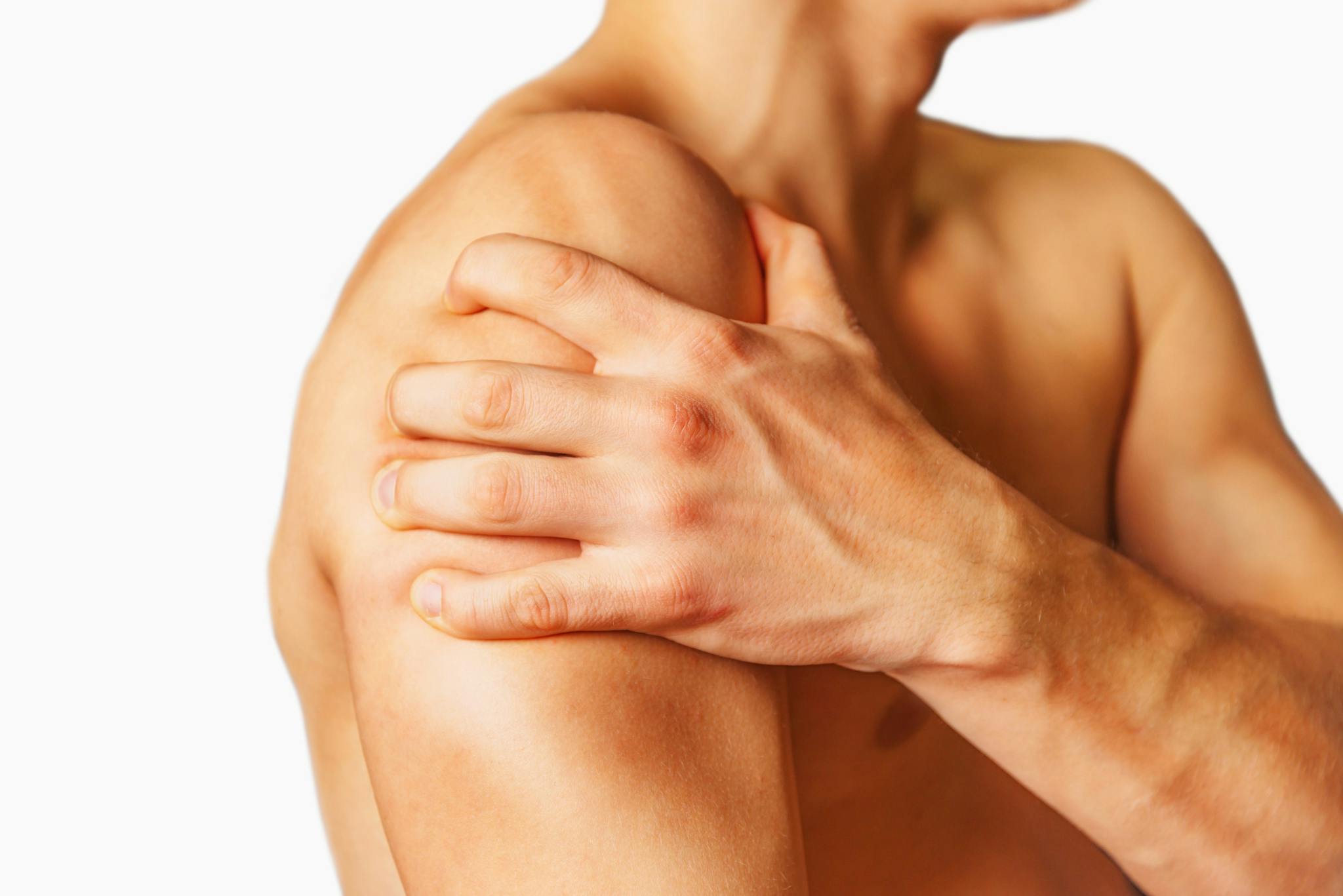
2025-06-10T13:54:10
Understanding Skin Grafts
- Dermatology
- Family Medicine
- Internal Medicine
- Orthopedics
December 13, 2016 | Family Medicine • Sports Fitness and Physical Therapy
Specialties:Family Medicine • Sports Fitness and Physical Therapy

There are a number of injuries possible in the arms and shoulders, ranging all the way from basic tendinitis and pain to serious issues. These conditions can be caused by long-term overuse or single incidents, but they’re often tough to tell apart because there are so many different things that their pain symptoms might be trying to tell us.
An example of this in the shoulder is what’s called a SLAP tear – “superior labrum, anterior to posterior.” SLAP tears affect the labrum, which is a ring of tissue around your shoulder socket that keeps your arm attached to your shoulder. In the worst cases, the labrum tears fully.
What are some signs of SLAP tears, what are the causes, and how is it treated? Let’s take a look.
Symptoms of SLAP tears can range from mild to severe. A few of the most common ones include:
However, because so many of these symptoms might cause several other conditions, it’s usually tough to diagnose SLAP tears based on physical symptoms alone.
Additionally, many people who have SLAP tears will also have other shoulder conditions. If you’re diagnosed with a SLAP tear, make sure your doctor also checks for other issues.
Most SLAP tears are caused either by long-term fraying of the labrum or a single event that causes the same issue in a short period of time. For long-term issues, the root cause could be as simple as a bad throwing motion or a hitch in regular shoulder movement. Examples of single incidents which can cause a SLAP tear include:
Anyone who uses their shoulders often, especially with lots of weight or pressure on them (think weight lifters or baseball pitchers), could be at higher risk of injuries like SLAP tears. People over 40 are generally at higher risk of SLAP tears through long-term wear and tear rather than individual injuries.
Diagnosing SLAP tears is usually more complicated than just noting the symptoms, mainly because so many of the symptoms could also mean other things. Your doctor will usually perform a standard physical exam, including testing your shoulder specifically for pain and movement issues.
In some cases, your doctor will conduct specific imaging or tests to find out more. The most common tests include:
As with most wear- or injury-related conditions, the first step to treating SLAP tears is pain reduction and maintenance. Painkillers can be useful, as can ice and heat in the right situations. Your doctor might prescribe you a few basic rehab exercises, or even a brief physical therapy program.
In some situations, though, these remedies alone aren’t enough. Some patients require surgery – usually the same arthroscopic surgery used to find the SLAP tear, only this time repairing the problem using the same cameras. How exactly your tear is repaired will depend on how severe it is.
People who do need surgery for SLAP tears are almost always prescribed a specific physical rehabilitation program after they rest the shoulder for at least a few weeks in a sling. The goal of rehab is to get motion back and reduce pain wherever possible. If you’re an athlete or someone who uses their shoulder for intense activity regularly, you’ll have to talk to your doctor about when you can go back to normal activity.
Orthopedics is rewarding for me because it allows me to help patients with injuries and get them back into action quickly. I love meeting people of all ages in my practice—I see kids, athletes, adults and retirees. I enjoy being able to understand people’s unique situations and trying to help them recover. I tend to be conservative with my surgical treatment, and much of my training is in minimally-invasive procedures, such as arthroscopy.
WRITTEN BY:
Dr. Carlson

2025-06-10T13:54:10

2025-04-24T14:00:43

2025-03-10T14:24:39

2025-01-21T10:28:42
This information is not intended to replace the advice of a medical professional. You should always consult your doctor before making decisions about your health.